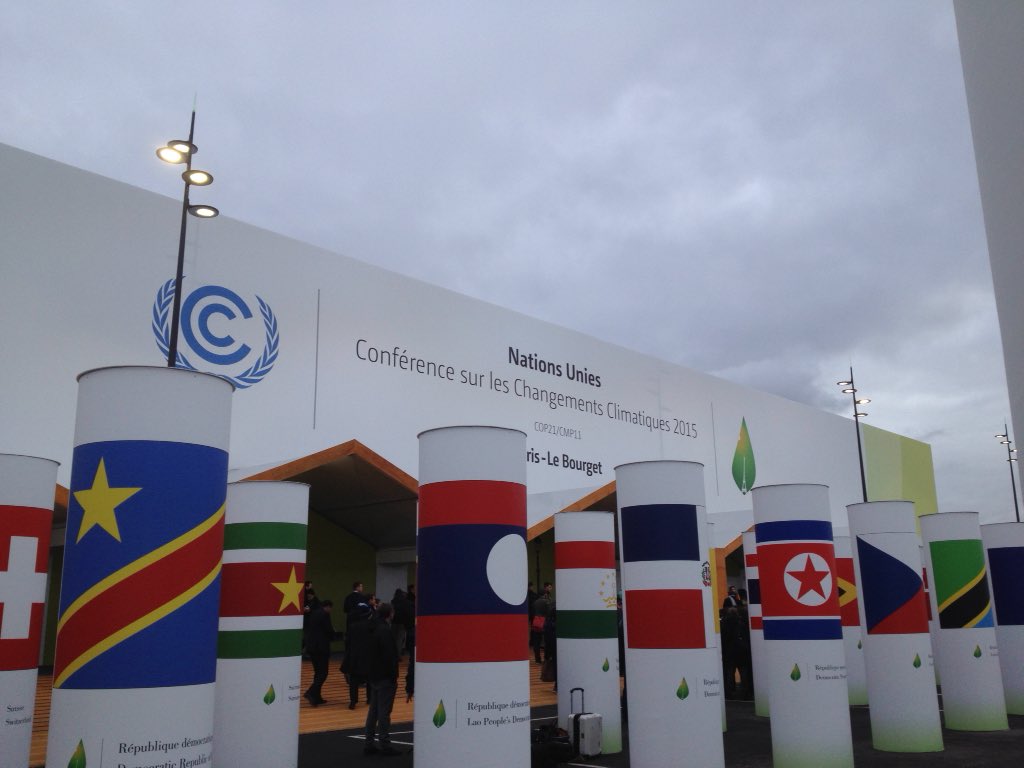By Jessica Wentz
On December 20, the City of Santa Cruz and Santa Cruz County filed separate lawsuits in California Superior Court seeking to hold 29 fossil fuel companies accountable for their contribution to climate change. In doing so, they joined five other Californian local governments that have filed similar lawsuits in the past year. What makes the Santa Cruz lawsuits unique is that they are the first to assert climate change-related injuries beyond those associated with sea level rise, including disruptions in the hydrologic cycle, more frequent and severe wildfires, heat waves, droughts, and extreme precipitation events. These new lawsuits will confront the same initial hurdles as the previous ones, but layer in the additional complexity of extreme event attribution science – an even less-well explored area in emerging climate law.
As we reported in an earlier blog post, this wave of litigation in California state courts was first initiated by the County of San Mateo, the County of Marin, and the City of Imperial Beach when they filed separate complaints against more than three dozen fossil fuel companies in July 2017. The municipalities pursued multiple causes of action against the companies, including public nuisance, private nuisance, strict liability for design defect and failure to warn, negligence, and trespass. These causes of action were supported by allegations that the defendants’ “production, promotion, marketing, and use of fossil fuel products, simultaneous concealment of the known hazards of those products, and their championing of anti-regulation and anti-science campaigns, actually and proximately caused” injuries to the plaintiffs, specifically injuries related to sea level rise that jeopardized infrastructure, beaches, schools, and communities. With regards to the overall emissions impact of these companies, the municipalities cited evidence in their complaints that the fossil fuels extracted and processed by the defendants between 1965 and 2015 were responsible for more than one fifth of the total CO2 and methane emissions worldwide.
Shortly thereafter, the cities of San Francisco and Oakland filed complaints that contained similar factual allegations but relied exclusively on a theory of public nuisance and targeted a smaller subset of major fossil fuel companies (B.P., Chevron, ConocoPhillips, Exxon Mobil, and Shell). Like the other municipalities, the cities supported their lawsuit with allegations pertaining to the size of the emissions impact of fossil fuels produced by these companies, as well as allegations that the companies knowingly concealed the risks of their products and actively sabotaged efforts to assess and control those risks. The complaint specifically notes that the defendants “stole a page from the Big Tobacco playbook” by sponsoring public relationships claim to deny and discredit climate science, downplay the risks of climate change, and even attack the integrity of leading climate scientists.
The complaints filed by the City of Santa Cruz and Santa Cruz County rely on the same causes of action as those pursued by the Counties of San Mateo and Marin and the City of Imperial Beach (public nuisance, private nuisance, strict liability for design defect and failure to warn, negligence, and trespass) as well as the same sorts of allegations pertaining to the conduct and emissions contribution of the defendant fossil fuel companies. According to the complaints:
Defendants have known for nearly 50 years that greenhouse gas pollution from their fossil fuel products has a significant impact on the Earth’s climate and sea levels….Instead of working to reduce the use and combustion of fossil fuel products, lower the rate of greenhouse gas emissions, minimize the damage associated with continued high use and combustion of such products, and ease the transition to a lower carbon economy, Defendants concealed the dangers, sought to undermine public support for greenhouse gas regulation, and engaged in massive campaigns to promote the ever-increasing use of their products at ever greater volumes….Defendants are directly responsible for 215.9 gigatons of CO2 emissions between 1965 and 2015, representing 17.5% of total emissions of that potent greenhouse gas during that period.
As noted above, what makes the latest complaints unique is that they allege injuries beyond those related to sea level rise, including disruptions in the hydrologic cycle, more frequent and severe wildfires, heat waves, droughts, and extreme precipitation events.
There are a number of legal obstacles facing all of these cases, which we detailed in the previous blog post on the initial complaints from San Mateo, Marin, and Imperial Beach. These include obstacles pertaining to standing, the political question doctrine, and legislative displacement. These also questions of forum: the defendants in the cases filed last year have removed those cases to federal court. Plaintiffs have asked the federal district court in California to return them to California state court. Those motions are pending.
Another key question is whether and to what extent advances in climate attribution science will help the plaintiffs overcome certain hurdles associated with establishing standing and the merits of the tort claims advanced in these complaints – most notably, the hurdle of demonstrating an adequate causal link between the defendants’ actions and the specific injuries incurred by the municipalities. The California lawsuits might benefit from a growing body of research linking incremental increases in greenhouse gas emissions to specific harmful impacts. Recent examples of such research include a recent BAMS report linking extreme weather events to climate change which finds that some extreme events could not have happened in a pre-industrial climate, a recent study linking incremental increases in atmospheric CO2, surface temperature, and sea level rise to emissions from major carbon producers, and the Climate Science Special Report for the Fourth National Climate Assessment which summarizes the ways in which climate change is affecting and will affect infrastructure, communities, and ecosystems in the United States.
But even with this research, it can be difficult to definitively link certain types of injuries to rising atmospheric greenhouse gas concentrations. This is certainly the case for injuries associated with extreme events, such as storms and wildfires, where scientists can say that climate change may have contributed to the event but cannot say that climate change caused the event. It is also difficult to establish future injuries based on projected climate change impacts, as the magnitude of those impacts will depend not only on how earth systems respond to greenhouse gas concentrations but also the conduct of governments and societies with respect to emissions and adaptation.
Compounding all of this is the challenge of linking those injuries to a specific emitter. The California plaintiff governments have addressed this challenge by naming multiple companies as defendants and asking the court to hold them jointly and severally liable for their contribution to climate change. The complaints filed by San Mateo, Marin, Imperial Beach, and Santa Cruz County and City support through allegations that each of the defendant companies was “the agent, servant, partner, aider and abettor, co-conspirator, and/or joint venturer of each of the remaining Defendants” and that they were at all times operating as part of this joint venture while knowing that their conduct was wrongful and constituted a breach of duty. It remains to be seen whether the courts will be receptive to these arguments, but there is some precedent for this approach in past litigation involving lead paint, harmful chemicals, and tobacco.




